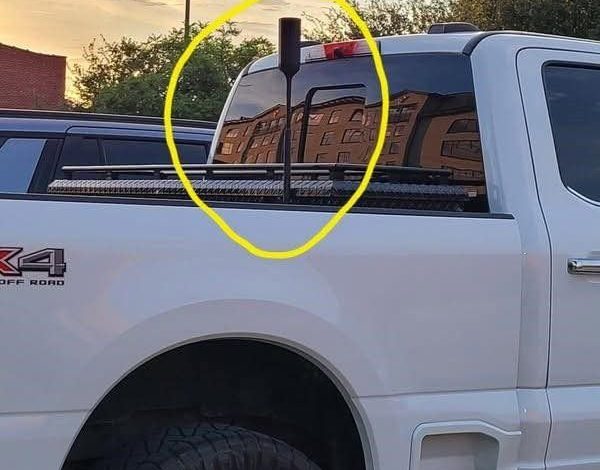Ever noticed a tall rod on a pickup or semi and assumed it was a CB antenna? These days, it’s more likely a cell-signal booster—a lifeline for drivers in dead zones. Your phone’s antenna is tiny, so out on ranch roads, mountain passes, or desert highways, it struggles to grab weak signals.
 An external antenna mounted high can catch that faint signal, feed it to an amplifier in the cab, and rebroadcast it through a small inside antenna. Suddenly, your phone, hotspot, or tablet connects where it couldn’t before.
An external antenna mounted high can catch that faint signal, feed it to an amplifier in the cab, and rebroadcast it through a small inside antenna. Suddenly, your phone, hotspot, or tablet connects where it couldn’t before.
The setup has three parts:
- Outside antenna: pulls in weak tower signals.
- Amplifier: boosts that whisper into a shout.
- Inside antenna: spreads usable signal through the cab.
The result? Calls go through, texts send, maps load, and hotspots stop sputtering.
Who needs it? Anyone spending time where towers are scarce: farmers, ranchers, contractors, delivery drivers, truckers, RVers, overlanders, and campers who want safety—and Spotify—off the grid. Boosters strengthen LTE and 5G too, often supporting multiple devices at once.
Systems like the weBoost Drive Reach or HiBoost Travel 3.0 run $300–$500. Pricey, but for those driving through patchy coverage, it can mean the difference between “lost” and “reachable.” That pole on the highway isn’t for show—it’s a bridge between nowhere and now, keeping travelers safer, connected, and less alone on the road.
Beta feature


